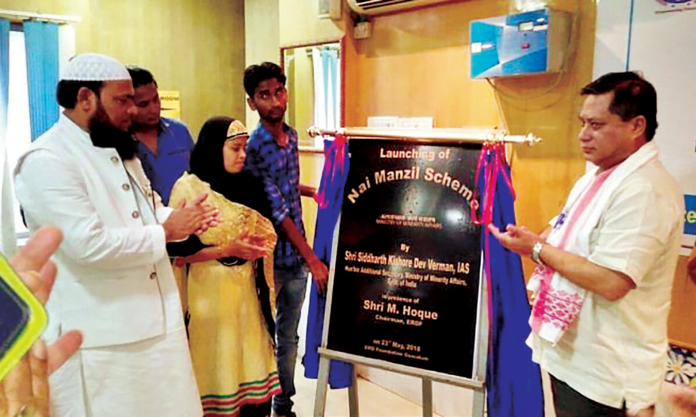India’s ambition to cultivate a skilled workforce is hindered by significant gaps in its education system. In September 2024, the Ministry of Skill Development emphasized the importance of nurturing a workforce equipped with employable skills, particularly given that 65% of the population is under 35. Despite progress—improving the employability rate from 34% to 51.3% in a decade—the connection between education and skill development remains inadequately addressed.
The Dropout Dilemma
High school dropout rates pose a major barrier to India’s educational progress and socio-economic advancement. According to the Unified District Information System for Education (UDISE), the secondary dropout rate was 12.6% for the 2021-2022 academic year, with rural students and marginalized groups, including Scheduled Castes (SCs), Scheduled Tribes (STs), Other Backward Classes (OBCs), and minorities, facing particularly high rates.
Various factors contribute to this issue, including economic pressures that compel families in rural areas to prioritize immediate income over education. This often leads to children leaving school to work. Additionally, despite legal frameworks, child labor continues to exacerbate dropout rates.
Socioeconomic Factors at Play
Gender disparities further complicate the situation, with girls often dropping out due to societal expectations, early marriage, and domestic responsibilities. Caste discrimination and community-specific challenges add layers of complexity to the dropout crisis. Poor educational infrastructure, insufficient teacher training, and a misalignment between school curricula and community employment opportunities discourage student engagement, particularly among girls.
The consequences of high dropout rates ripple through society, perpetuating cycles of poverty, hindering economic mobility, reinforcing gender inequality, and stunting national socio-economic development. As a significant portion of the population remains uneducated, India’s global competitiveness is jeopardized. Although initiatives like Sarva Shiksha Abhiyan (SSA), the Mid-Day Meal Scheme, and the Right to Education (RTE) Act have sought to enhance enrollment, they have not effectively addressed dropout rates. Without a solid educational foundation, skill development programs are less effective in helping beneficiaries secure formal employment.
Targeted Interventions for Marginalized Communities
The dropout rates among Muslim students are particularly concerning, with 23.1% dropping out at the secondary level. This underscores the socio-economic challenges faced by this community, necessitating urgent interventions. In response, the Ministry of Minority Affairs launched the Nai Manzil program in 2015, supported by a $50 million World Bank loan.
Now part of the PM-VIKAS skilling initiative, Nai Manzil uniquely combines formal education with skills training, particularly for school dropouts from minority communities. The program provides a structured six-month educational curriculum followed by three months of skills training, with a focus on employability. It also offers financial support to families to alleviate the loss of income during training.
Program Outcomes and Future Directions
Targeting youths aged 17 to 35 from Below Poverty Line (BPL) families, Nai Manzil aims to achieve at least 70% employment in the formal sector among its trained participants. With a budget of Rs. 650 crore over five years, the program aligns with the National Skills Qualification Framework (NSQF) to ensure participants receive quality training. Nearly 100,000 beneficiaries have already been trained.
However, similar educational challenges affect SC/ST and other marginalized communities, leading to high dropout rates. Addressing this crisis requires a comprehensive strategy—improving educational infrastructure, enhancing teaching quality, and aligning educational outcomes with labor market needs. Initiatives like Nai Manzil represent critical efforts to bridge the education and skills gap, enabling marginalized communities to contribute to India’s socio-economic growth.
To achieve these goals, the National Skill Development Mission must reorient itself to integrate educational modules into its skill programs and encourage collaboration across ministries. By addressing the fundamental link between education and skills, India can foster inclusive development and empower its young workforce to thrive in the global economy.











